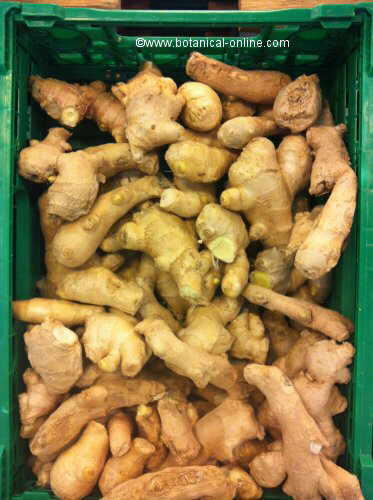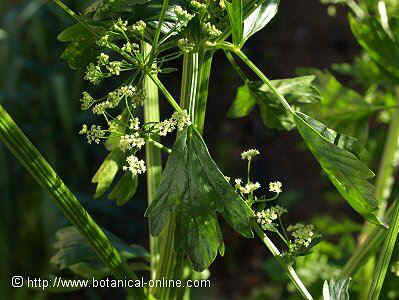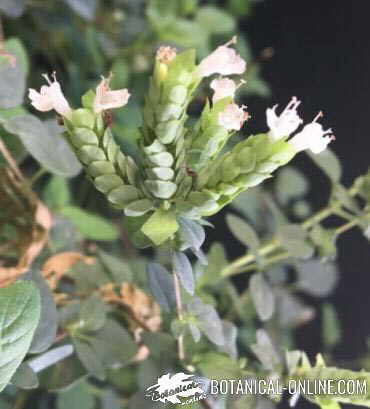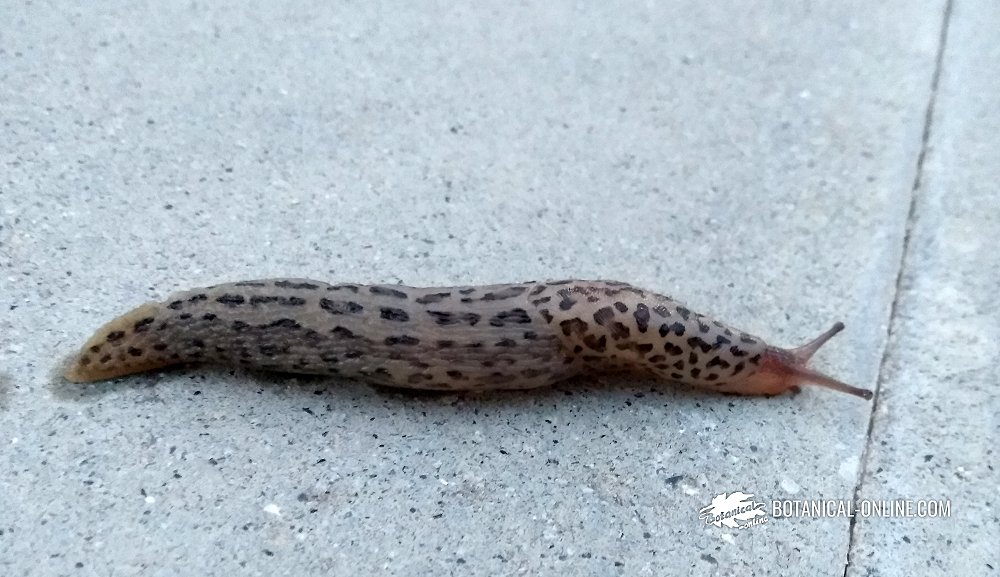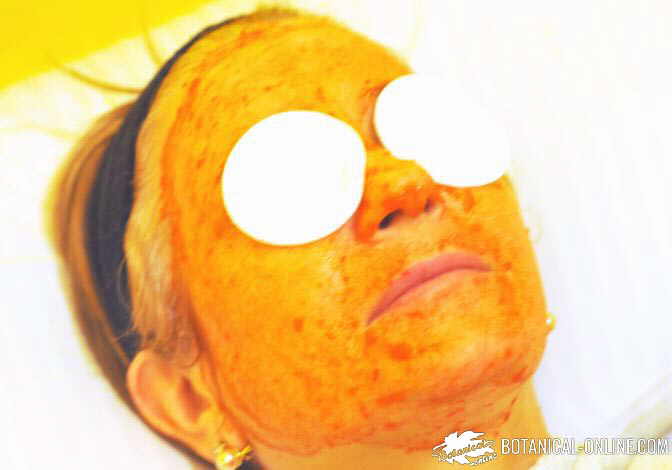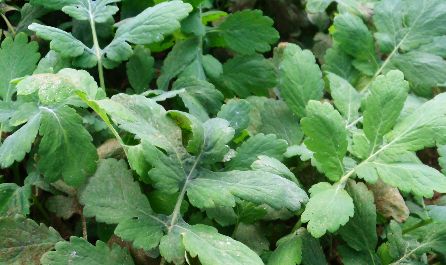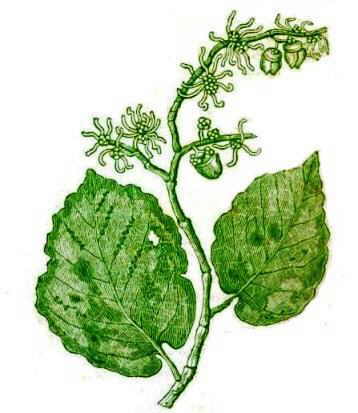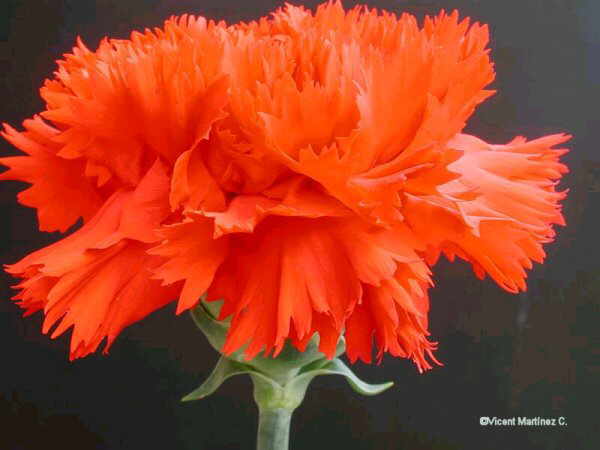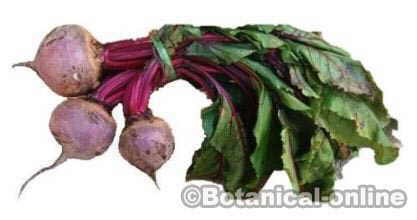Contents
Herbal treatment for chilblains
Phytotherapy: Medicinal plants preparations to cure chilblains
The main function of the herbal medicine consists of using those plants which purpose will result in:
Use anti-inflammatory and soothing plants to reduce inflammation caused by cold and pain relievers.
- Plants that improve circulation
- Plants that diminish inflammation
- Plants that reduce pain
Internal use of plants to treat chilblains
To prevent the formation of chilblains or improve their appearance it is appropriate to use internal remedies that improve blood circulation.
Which remedies can improve circulation?
Plants that improve the circulation are, for example:
- Ginkgo (Ginkgo biloba) Ginkgo is one of the best remedies to improve blood circulation. The reason lies in the ability of extracts of this plant to dilate blood vessels and cause blood to flow more smoothly. Ginkgo also has the ability to decrease fibrin as it reduces t this clotting factor, making the blood flow more easily.
- Ginger (Zingiber officinale) thins the blood, prevents thrombus formation and lowers blood pressure (Eat ginger at meals) (Take 3 capsules of 250 mg per day, divided between meals)

Photo of ginger
- Meadowsweet (Filipendula ulmaria) Salicylic acid in meadowsweet can make your blood flow more easily. (Infusion of 2 teaspoons of flowers and leaves, three times a day. Do not reach boiling).
Other plants for the circulatory apparatus
Anti-inflammatory and smoothing plants to cure chilblains
The following remedies can be applied on chilblains in order to diminish inflammation and reduce pain:
- Potatoes: (Solanum tuberosum.) It is considered appropriate, in external use, in the form of ointment on sore areas of the body to combat pain and reduce inflammation or to heal the wounds, being interesting in cases of shock, sprains, blisters, bruises, burns, including burns from the sun or the cold – freezing – and frostbite (To do what you do is peel several potatoes and mash. Filter the juice with a cloth and apply on affected area) (Also can be applied peeled potato slices on the affected body part)
- Walnut: (Regal Juglans) is used to stimulate the circulation in the feet or hands where chilblains have occurred. (Make a decoction with a handful of dried leaves for a liter of water. Pour the contents into a bowl and add water until warm without disturbing. Fill another bowl with cold water. Implement alternative bathrooms with a duration of about 2 minutes hot water and about 20 seconds in the cold)
- Horse chestnut: (Aesculus hippocastanum L) (Boil a handful of nuts. Once boiled, the skin is removed and crushed to turn them into a paste and apply as poultice to the affected area with gauze covering it)

Photo of celery
- Celery: In addition to healing the wounds, another of its external properties is its ability to cure chilblains (Decoction for 1 hour to 1 / 4 of a kilogram of plant per liter of water. Perform foot baths with the resulting liquid for 15 minutes 3 times a day)
- Holm oak: (Quercus ilex) for its astringent properties it is appropriate for promoting the healing of chilblains. (Decoction of 200 gr. Of dried bark for 4 liters of water for a quarter of an hour. Let cool to lukewarm baths and perform hands or feet with the resulting liquid)
- Cypress (Cupressus sempervirens) The astringent properties of this tree can be used for the treatment of chilblains. Perform foot baths with liquid from the decoction for ten minutes three tablespoons of crushed twigs per liter of water.
- Oak: (Quercus robur) from the same family as the holm oak, dry decoctions of oak bark can be used for the same purpose.
- Onion (Allium cepa) To eliminate the itching, very common in the presence of frostbite, as well as for its wealth of alliin, one of best natural antibiotics, the use of raw onion can be very appropriate (Scrub a raw onion on chilblains) (Make a poultice with grilled onions)
- Lemon tree: (Citrus limonum) As a good astringent, promotes healing of chilblains and prevents infection (Scrub lemon on the affected area)
- Cinnamon: (Cinnamomum zeylanicum) promotes circulation and increases body heat (Infusion of a spoonful of cinnamon shredded per liter of water. Drink two glasses a day.
Food and chilblains: Diet for chilblains
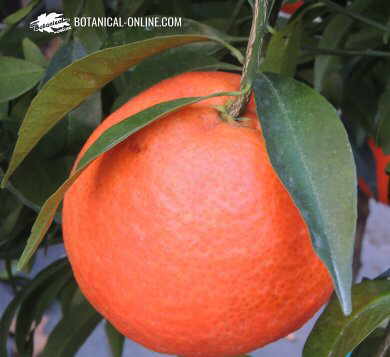
Food rich in vitamin C, like oranges, are suitable in the diet of chilblains
A diet high in natural foods containing vitamins A and C help prevent the onset of chilblains.
- Vitamin A: It is necessary for night vision. Its deficiency can even bring about blindness. It can be obtained especially through carotenes and from the beta-carotene, that is in many vegetal foods of orange, reddish or yellow color, especially carrots, purslane (Portulaca oleracea L.), spinach (oleracea Spinacia L), carrot (Daucus carota L), watercress (Nasturtium officinale R. BR), borage (Borago officinalis L.), the basil (Ocimum basilicum L.), the pumpkin (Retort pepo L.), tomato (Lycopersicon esculentum MILLER,) coriander (Coriandrum sativum L.), asparagus (Asparagus officinalis L.), dandelion (Taraxacum officinale Weber)
- Vitamin C: Needed for the absorption of vitamin A and E. Its deficiency causes a weakness in the capillaries. In addition to its antioxidant, this vitamin is also important for the proper absorption of iron, calcium or other amino acids. Similarly supports the healing of wounds. Its deficiency causes a general weakness in the body, manifested in symptoms such as brittle hair, bleeding gums, wounds that will not heal, loss of appetite. Among the main rich foods in this vitamin we have the peppers, being one of the plants of the world that has more amount, after the acerola (Malpighia glabra L) or of the Dog rose (Rosa canina). Also the citruses are very rich (oranges, lemons, grapefruits, etc.).
![]() More information on chilblains.
More information on chilblains.

